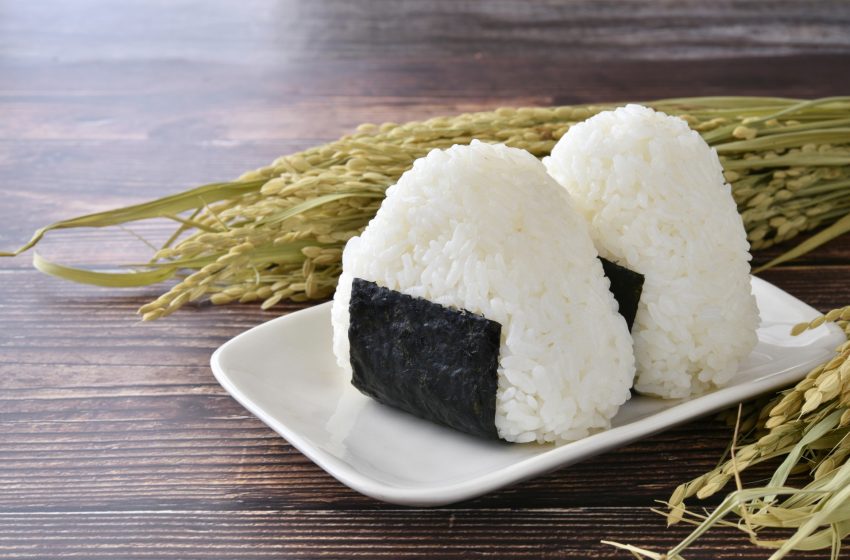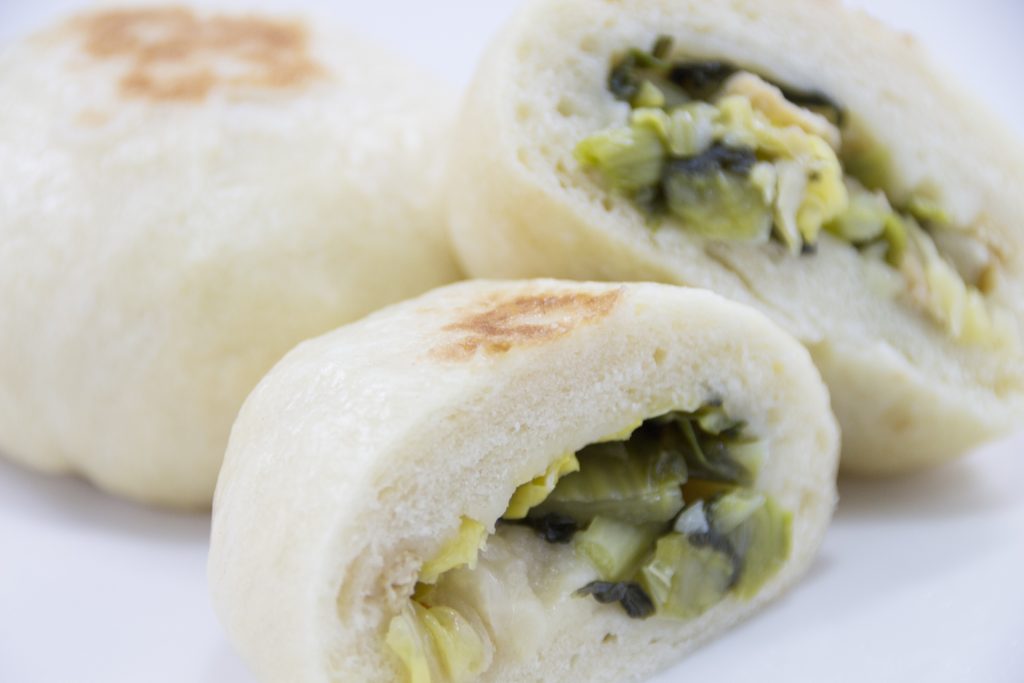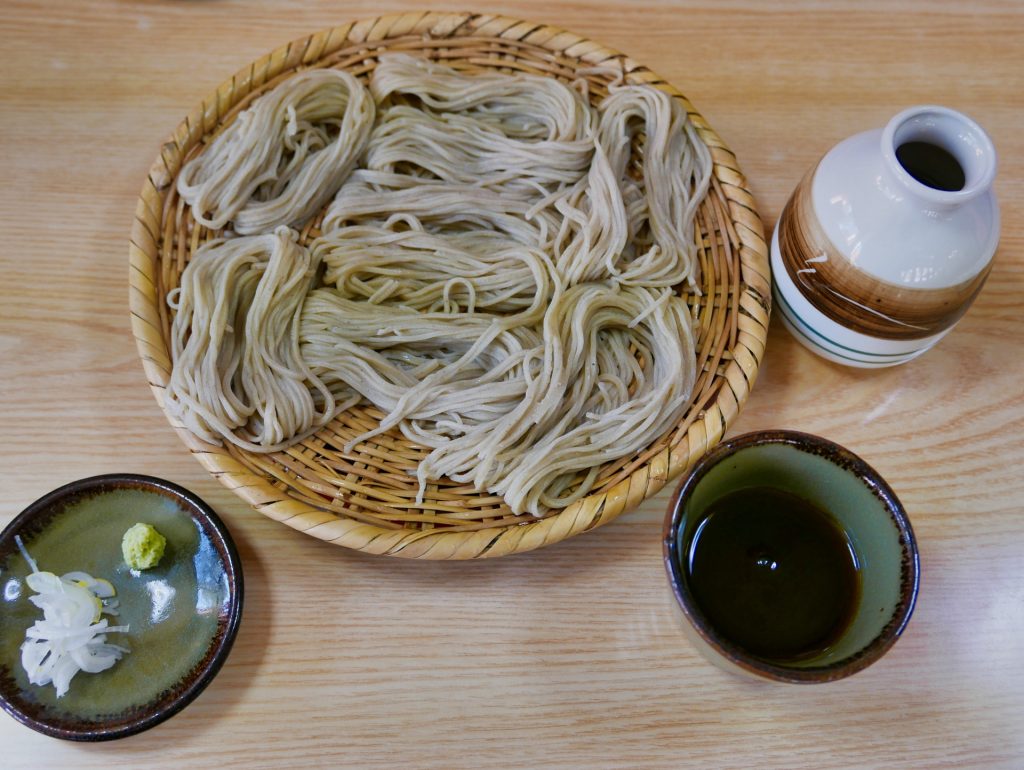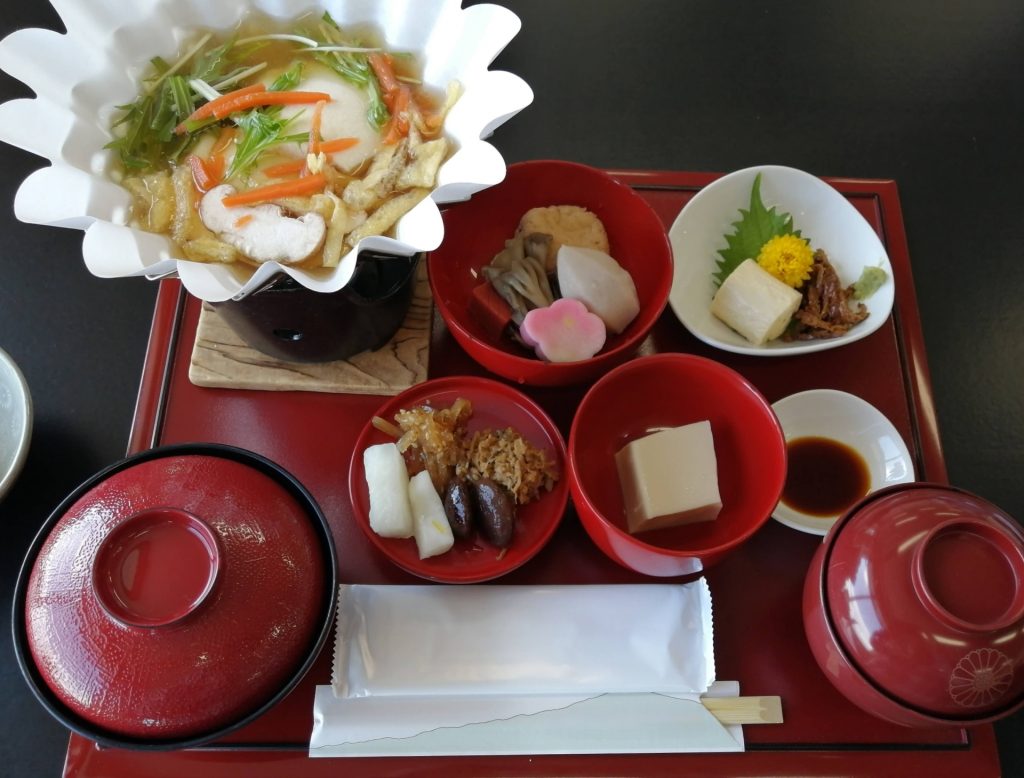
Onigiri: The Heart of Japanese Comfort Food
Greetings, culinary adventurers and enthusiasts of Japanese culture! Today, we dive into the world of Onigiri, a staple of Japanese cuisine that has nourished hearts and stomachs across generations. Simple, versatile, and delicious, onigiri encapsulates the essence of Japanese culinary tradition in every bite.
What is Onigiri?
Onigiri, or rice balls, are a popular Japanese snack made from white rice formed into triangular or cylindrical shapes and often wrapped in nori (seaweed). At its core, onigiri is comfort food; it’s both a beloved snack and a go-to meal for many in Japan. The beauty of onigiri lies in its simplicity and the endless possibilities for fillings, ranging from salted salmon, pickled plum (umeboshi), and tuna mayo to more contemporary flavors.
The History of Onigiri
The origins of onigiri date back over a thousand years, making it a food with deep historical roots in Japanese culture. Initially, onigiri was eaten as a quick meal during travels or wars when portable, easy-to-eat food was necessary. Over time, it evolved into a beloved snack and meal component, reflecting the changes in Japanese society and culinary practices.
Making Onigiri: An Art and Tradition
Making onigiri is considered an art by many, requiring the right touch and technique to form the perfect shape without crushing the rice grains. The process involves taking freshly cooked rice (preferably Japanese short-grain rice), lightly salting it, and shaping it by hand with a filling of choice at the center. Finally, it’s often wrapped in a piece of nori for ease of eating and added flavor.
The Significance of Onigiri Fillings
The choice of filling in an onigiri not only adds flavor but also carries cultural and personal significance. Some fillings, like umeboshi, are traditional and evoke a sense of nostalgia, while others, like tuna mayo or teriyaki chicken, reflect modern tastes and influences. Each filling tells a story and adds character to every onigiri.
Onigiri in Modern Japan
Today, onigiri is ubiquitous in Japan, available in convenience stores, supermarkets, and specialty onigiri shops, each offering a wide variety of flavors. It’s also a common item in bento boxes and picnics, symbolizing home-cooked warmth and care. Beyond its culinary appeal, onigiri has become a cultural icon, representing the simplicity and ingenuity of Japanese cuisine.
Conclusion: A Simple Delight with Deep Roots
Onigiri is more than just a snack; it’s a bridge to Japanese culture, tradition, and culinary history. Whether enjoyed as a quick snack, part of a meal, or a soulful reminder of home, onigiri continues to be a cherished part of Japanese cuisine. So, the next time you have the chance, savor an onigiri and experience the taste of Japan in the palm of your hand.
Whether you’re exploring the streets of Tokyo, enjoying a homemade meal, or simply looking for a taste of Japanese culture, onigiri offers a simple, satisfying, and deeply cultural culinary experience.




